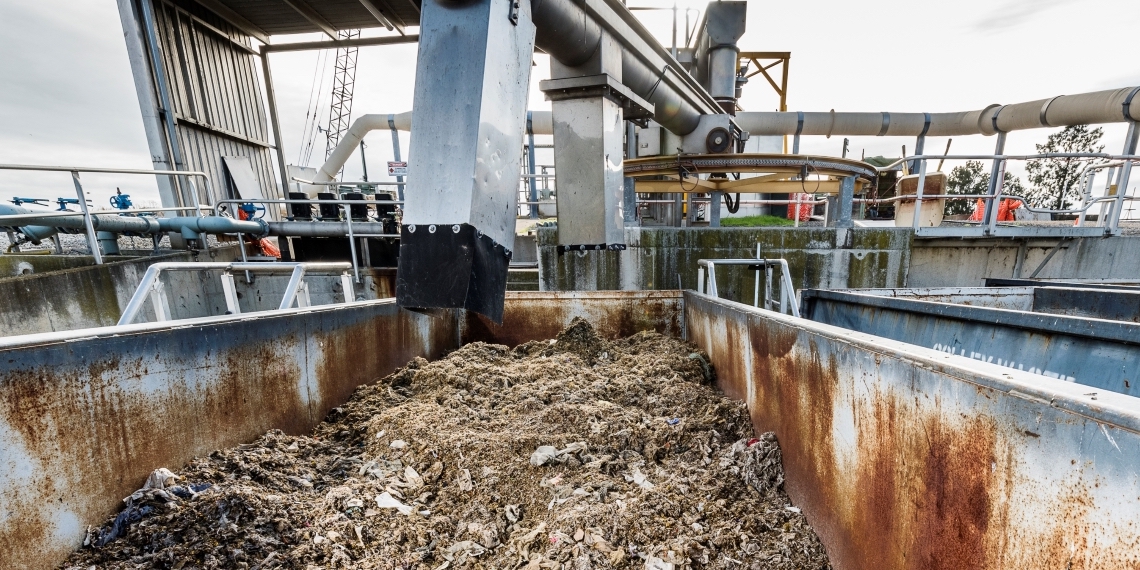Sewer health campaign helps reduce network blockages in SA

South Australians have become substantially more responsible flushers over the past six months, with SA Water reporting a dramatic decline in sewer blockages compared to the previous year.
The utility commended the public for its role in the dramatic decline in blockages from “unflushable” items, which saw SA Water record only 1268 blockages in the six months from October 2022, compared to 1746 for the same period following October 2021.
“Our sewers exist to protect the environment and public health, and if we look after them, they'll look after us,” said SA Water’s Senior Manager of Infrastructure Planning and Strategy Daniel Hoefel.
“They are there to benefit the community at large and everyone's individual behaviours can have a positive or negative impact on that. The self-accountability is really important.”
The great result comes after a dedicated public education campaign, named Healthy Sewers, that followed a marked rise in blockages during the COVID-19 pandemic.
“We took a sophisticated yet playful approach,” Hoefel said.
“We used social media, which was really important: Twitter and Facebook. We used our online presence through our website. We actually put messaging on the backs of buses around Adelaide to help maximise reach and spread the word across the community.
“We also educated through community events. I recall being at the Royal Adelaide Show with my children, and there was a water stand there that had a nice fun activity for kids with regard to what you can and can't flush down the toilet.”
It was a “multi-pronged approach” Hoefel said – and there were benefits to including children in the message.
“Sometimes the kids are actually the best audience to reach. Not only are they our future, but it's funny sometimes how kids can actually hold parents accountable for behaviours like this,” he said.
“We're finding that kids have a really strong connection with the environment these days, and [an understanding of] the social and environmental impacts. So it’s important for us to be reaching out to them.”
Greener understanding
The reduction in blockages saved SA Water $230,000, but it also had positive environmental impacts, as well.
Hoefel said this was the result of people better understanding the link between the environment and activities such as flushing something inappropriate down the toilet or putting oil or fat down the sink while cooking.
“Drawing the link between the behaviour and the potential for wastewater overflow – which can end up in a natural watercourse and potentially impact the ecosystem of that watercourse – really does spark that emotional response for people,” he said.
“[They have] that identification that their behaviour can directly impact the environment, or the right behaviour can protect the environment.”
But a cavalier approach to sinks and toilets could also have a direct effect on members of the public.
“It can also impact your own plumbing. Flushing the wrong thing down your toilet can result in blockages at your sewer network connection at the end of your property, which can cause it to come back up your toilet and result in an internal overflow,” Hoefel said.
“And trust me: you don't want to be in that situation.”
Heroic effort
When it comes to sewer blockages, the number one culprit is tree root intrusion, but when it comes to problems caused by humans, Hoefel said he has seen a lot of unusual things end up in the SA Water’s pipes.
“Rubber chickens, credit cards, false teeth, torches, dog toys, mobile phones, underwear, bandages, golf balls, a shredded mattress, 250 metres of rope and superhero costumes,” he listed.
But the real problem is more prosaic – and more pernicious.
“The main issue is the wet wipe,” Hoefel said.
“These wet wipe products may have messaging on them that they are suitable for flushing, but it's not the case. The wet wipes do not disintegrate within the sewers in the time required, whereas toilet paper disintegrates within about 30 seconds.”
But – as the data shows – members of the public are starting to understand the problem. Hoefel cautioned, however, that there is still room for improvement.
“We are seeing a bit of a shift in terms of the conversations that we're having with our customers, and that does suggest that their knowledge of this topic and the potential impacts is increasing,” he said.
“However, having said that, we still think that there is a way to go. We do know that there are still people not flushing the right things down the toilet or putting them down the sink.
“This is really just the start for us.”
